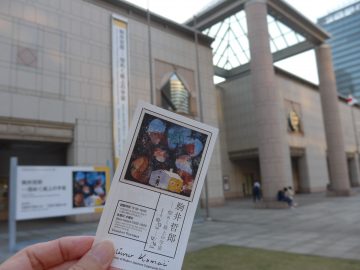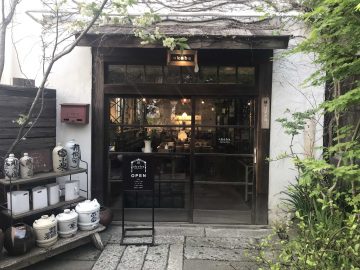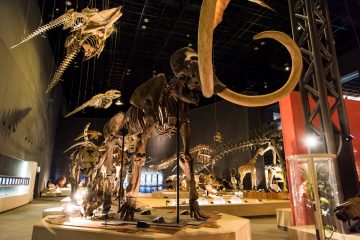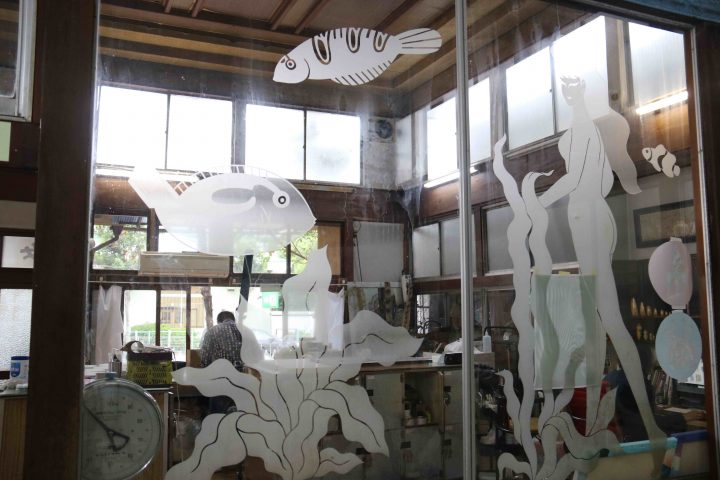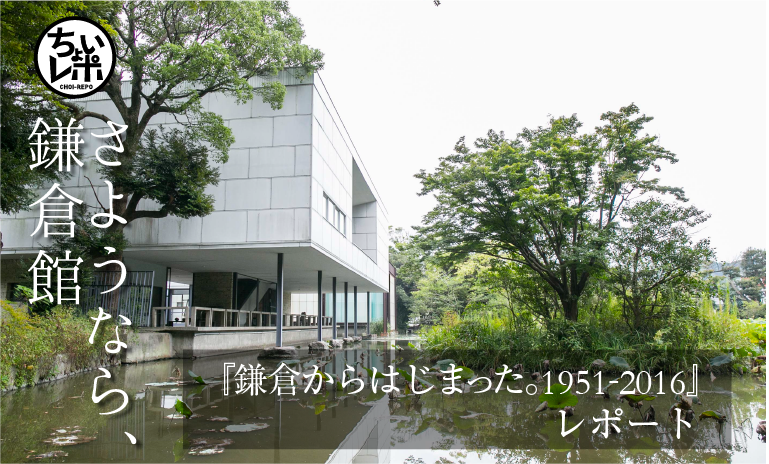
Text: Akiko Inoue Photo: Masamasa Nishino Release date: 2015.10.15
The Museum of Modern Art, Kamakura, Kanagawa Prefecture will close its long history as an art museum in March 2016. The museum is Japan's first public modern art museum, and is also known as a representative example of modern Japanese architecture, and has been affectionately nicknamed "Kamakin."
According to the original contract, it was planned to be demolished, but after opposition from many citizens and people in the construction industry who love the Kamakura Museum, it was only recently decided to preserve the main building. In the future, in discussions between Tsurugaoka Hachimangu Shrine, which owns the site, and Kanagawa Prefecture, it is said that the operation of the building will be handed over to Hachimangu Shrine, but at this point, there are many things that cannot be determined, including the specific method of use. In this uncertain situation, one thing is certain: the currently running exhibition "It Started in Kamakura. 1951-2016" will be the last opportunity to view the Museum of Modern Art's collection within the architectural space of the Kamakura Museum.
The exhibition is divided into three parts, PART 1 to PART 3, and introduces collections that symbolize the era from 2016 to 1951, when the museum first opened. We immediately went to cover "PART 2 1966-1984 A Modern Art Museum."
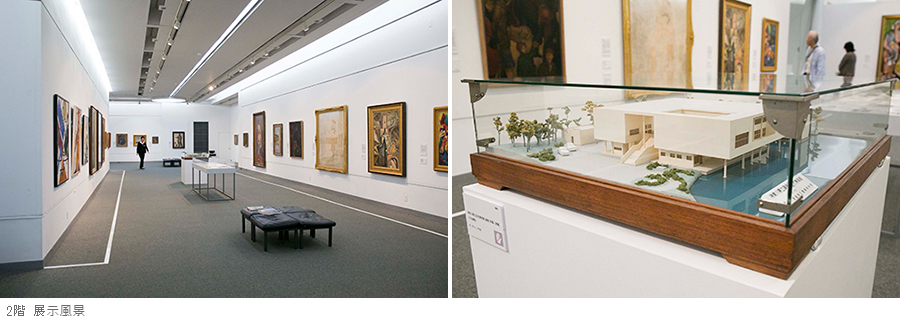
A space where everything fits together
The old building of the Kamakura Museum, completed in 1951, is a masterpiece by the world-renowned architect Junzo Sakakura. One of the pleasures of visiting the museum is observing the building and reminiscing about 64 years ago. You can also get a glimpse of the architectural circumstances of the time shortly after the war, and the influence of Le Corbusier, with whom the museum had a deep teacher-student relationship.
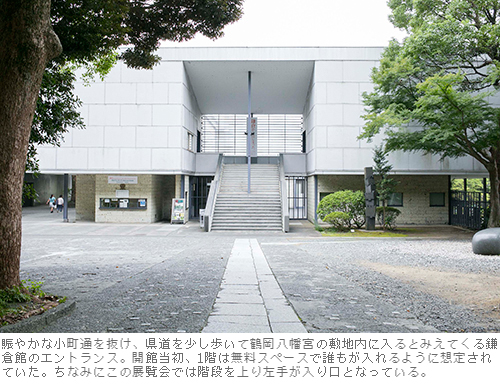
The reason why Sakakura is said to have followed Le Corbusier's "Museum of Infinite Development" concept for the Kamakura building seems to be due to the square architectural structure surrounding the courtyard. Looking at a photo of the entrance, we can see that it was designed so that it could be approached from either the first or second floor, or from the left or right of each floor. Furthermore, from any exhibition room on the first floor, one can return to the atrium courtyard at the center of the building, while on the second floor, a U-shaped traffic flow is realized that surrounds the courtyard. The design considerations that were made to allow for expansion even if the collection increases over time seem to be a message questioning the importance of museums, from the time shortly after the war to the present day...
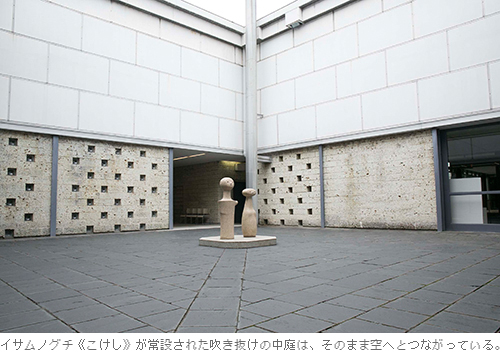
The Kamakura Museum is a compact two-story building, and even those who are accustomed to going to art museums will be surprised by its structural appeal. This is because the aforementioned courtyard is open to the sky, and the south side of the building faces Heike Pond, creating a semi-outdoor space open to the town of Kamakura. Viewing the works while enjoying the natural light, the rustling of the trees, and the smells carried by the wind is a comfortable experience that can only be experienced here. Just like the building, the works will naturally change appearance depending on the natural environment, such as rain, wind, and sunlight.
<img alt="The pilotis overlooking Heike Pond was also the setting for the movie "Norwegian Wood." It's hard to see in the photo, but there is a permanent exhibition of Rei Naito, who taught classical Japanese from 2009 to 2010, so don't miss it either (the thin beaded work can be seen faintly in the center of the photo)" class="alignnone size-full wp-image-19055" height="383" src="http://magcul.net/wordpress/wp-content/uploads/2015/10/963169fdc7b0504e600a08da553d45de.jpg" width="500">
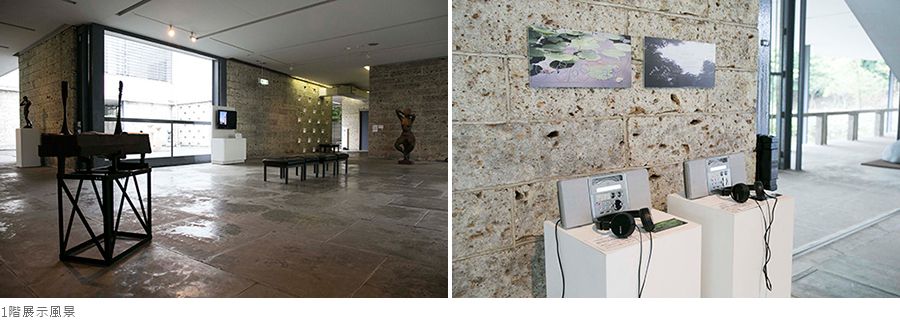
Surprisingly, when the museum first opened, it had a skylight on the rooftop, and was designed to let natural light into the exhibition room on the second floor. Currently, indoor lighting is used, but it is clear that the museum has made some changes and evolved with the times.
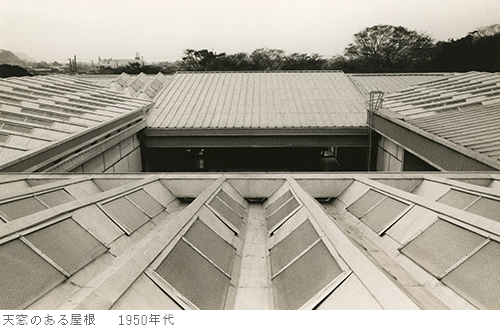
And there are plenty of other things not to be missed.
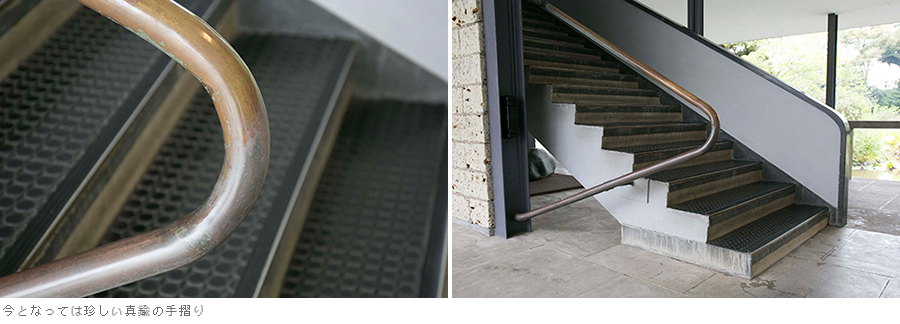
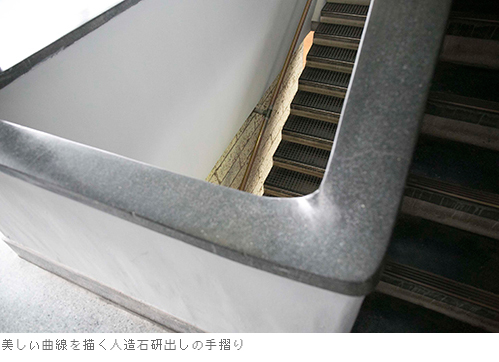
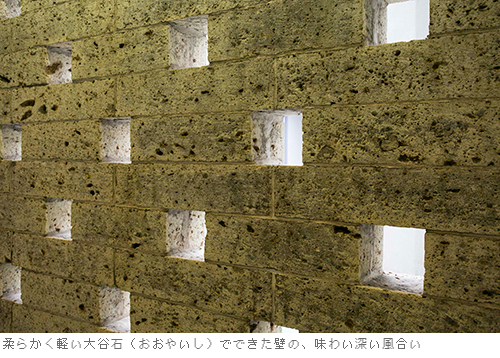
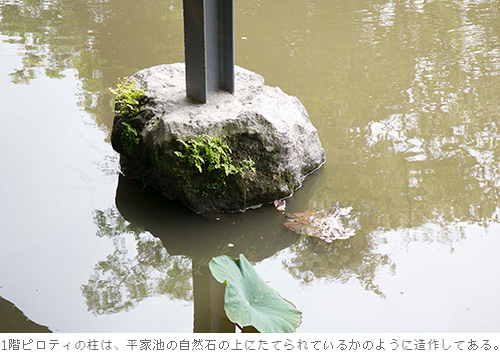
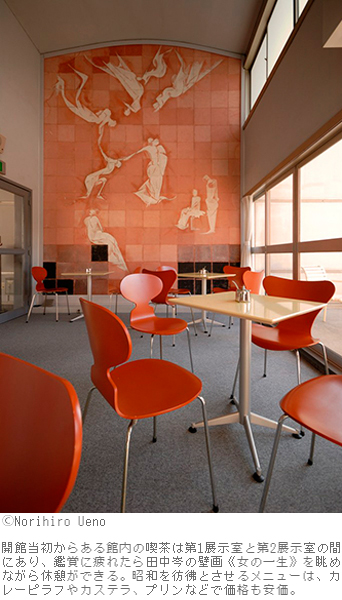
The finale will be...
If you want to know more about the charms of the Kamakura Museum, please come and visit "It Started in Kamakura. 1951-2016". PART 3, which starts on Saturday, October 17th, will be packed with events that introduce numerous episodes and trivia proportional to the museum's long history from various angles. In addition to the long-awaited debut of works by Koga Harue and Matsumoto Shunsuke, who are particularly closely related to the museum, an event will be held in which the screen in the courtyard that was installed when the museum first opened will be restored and works by Toyoda Hitoshi and Ishida Hisashi will be projected onto it. In addition, Kosugi Takehisa, who had a solo exhibition in 2002, will hold a concert together with Izumi Kiyoshi. Other events include a talk by architect Aoki Jun, and lectures by famous people from various fields such as Ogino Anna and Lee Ufan, making this an exhibition worthy of a finale.
During the week of the Kamakura Museum's birthday, from November 17th (Tuesday) to the 23rd (Monday, a national holiday), the building will be illuminated, there will be talks by current and former curators, and a publicly submitted photograph exhibition titled "Kamakura Museum and Me" will be held.
I would like to conclude this report with the hope that the Kamakura Museum's long history will come to a successful finale.
"It all started in Kamakura. 1951-2016 PART 3 1951-1965 The birth of the Kamakura Museum of Modern Art"
For details on the various events (October 17, 2015 - January 31, 2016), please see the list of related events below.
